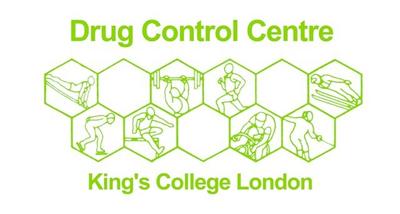The GH-2000 Project

Laboratory analyses were undertaken in two laboratories: Professor Robert Baxter's Laboratory in Australia performed all the IGF Binding Protein analyses and all other analyses were performed by Per Arne Lundberg at the Clinical Chemistry Laboratory at the University of Goteborg.
Because the method was initially dependent on immunoassays and these are critically dependent on reagents, in the interest of stability, the GH-2000 project report recommended to the IOC that they should establish their own immunoassay methodology for the measurement of IGF-I and P-III-NP. It was considered unadvisable to be reliant on commercial suppliers who are able to discontinue or change assays and reagents as they see fit. The IOC would then own the reagents (mainly the specific monoclonal antibodies) and their sources and could then guarantee unlimited supplies to roll out to their network of laboratories. The IOC however, failed to follow this path. This turned out to be a mistake as the predicted happened.
After a hiatus and much discussion, in 2003 USADA funded an assay development project for immunoassays of IGF-I and P-III-NP with the Institute of Bioanalytics (IBA; Connecticut, USA). Unfortunately IBA underestimated the difficulty and costs involved and did not complete within budget and USADA declined to extend their project.
GH-2004 was therefore forced to pursue the commercial assay route although there was by now a successful pilot method for measuring IGF-I by mass spectrometry. Fortunately, the commercial assay for P-III-NP have been remarkably stable and the two assays (CIS-Bio from France and Orion from Finland) are still working in 2015. This is not true for IGF-I assays where there have been several changes over the years.

As a result of more assay changes, there has been a need to identify further commercial immunoassays and we recently completed a review of potential assays. Two assays are needed for each analyte to satisfy WADA regulations. Having selected the two most promising assays for IGF-I and P-III-NP we then have establish appropriate reference ranges and 'cut-off points' for the assays and assay combinations. Furthermore, since the method needs to be rolled out to the laboratories accredited by WADA, at least three assays for IGF-I and three for P III-NP were evaluated thereby enabling greater flexibility in applicability. One of the IGF-I assays makes use of mass spectrometry, a technique which is more future proof and readily applied by WADA accredited laboratories.
To establish the 'cut-off points' required obtaining approximately 1000 samples from elite athletes (both sexes) and assaying them with the selected assays. From these results new decision limits were proposed and these have been ratified by WADA. Since the bio-marker method (like all anti-doping tests) can deprive an athlete of their livelihood they have to operate at 'forensic' levels of 'certainty'.
Initially the IOC required results that were either 'positive' or 'negative' without considering the laws of probability, but they have now accepted that this is not possible in biological systems and it has been implicitly agreed by IOC, WADA and the Court for Arbitration in Sport (CAS) that a false-positive level of 1:10,000 is acceptable and is the level to which we work.
Links to external websites
The University cannot accept responsibility for external websites.